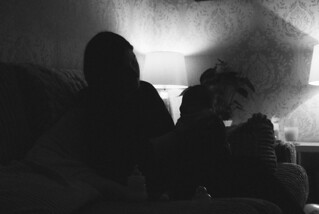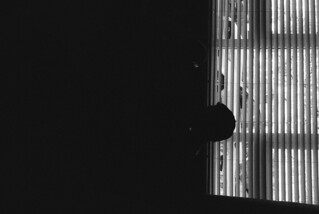- Messages
- 957
- Name
- Ben
- Edit My Images
- No
Just got my first roll of film back and some photos are exposed correctly whilst some are very underexposed. All the photos that are too dark have either a light or a window behind the person I was photographing. The thing i dont understand is that I understand how to expose a photo. I would point the centre of the camera at the person I wanted to take a photo, get the exposure then re-compose the photo. I took the photos on my friends ae-1 but have now got an at-1 which i believe uses the same centre weighted metering as the ae-1.




Last edited by a moderator:



